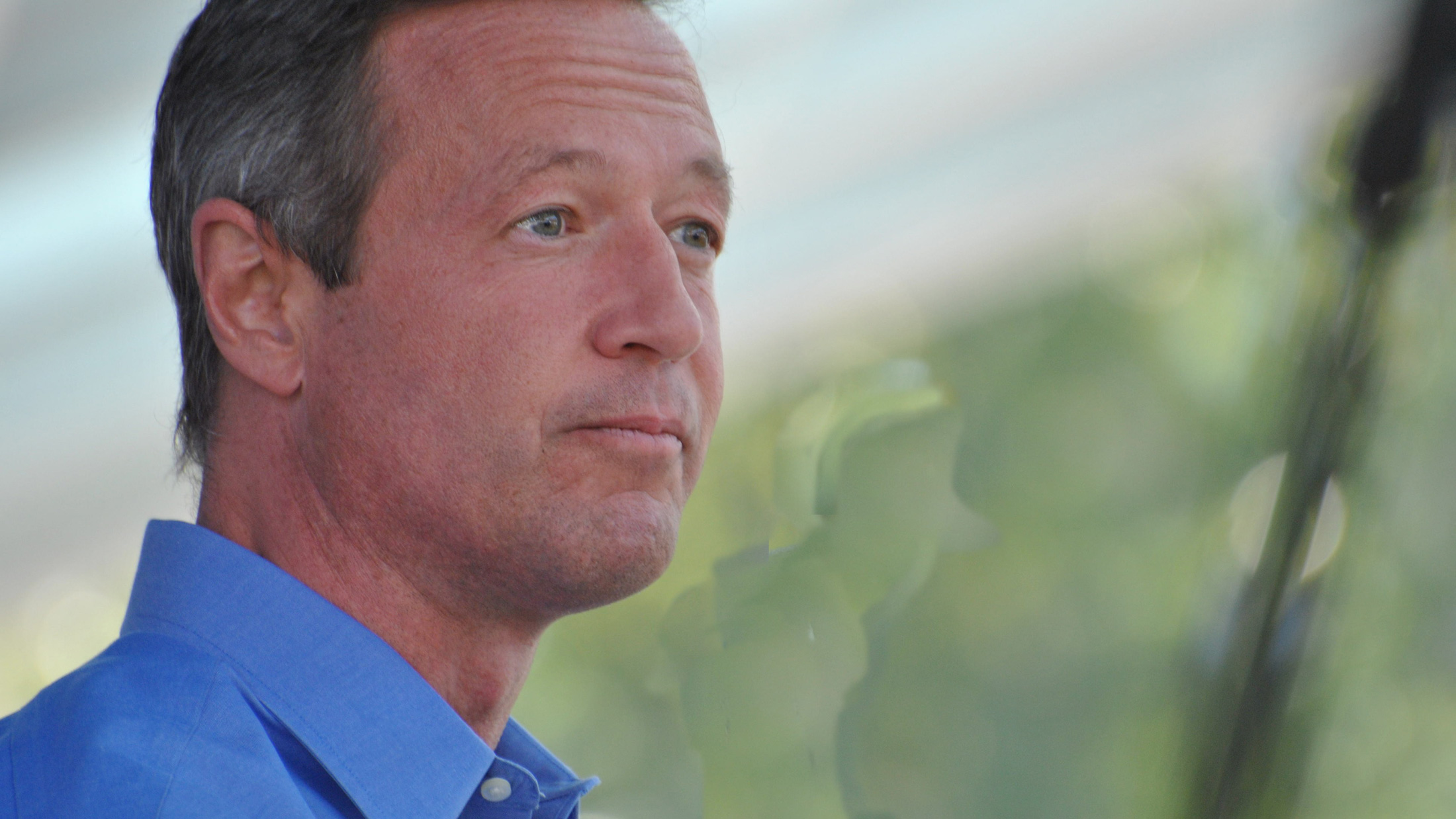This is an updated version of a post originally published on 28 May 2015.
Martin O’Malley is running for president. The former Maryland governor announced his candidacy on Saturday. He is only the third to enter the race for the Democratic nomination, which means he is among the three declared candidates most eager to combat climate change. (The entire Republican field consists of people who want to do nothing about climate change; most of them don’t even accept its existence.)
Last fall, I visited O’Malley in Annapolis and interviewed him for a profile focused on his climate change record. Here are the main things you need to know about him on climate, energy, and the environment:
• He is a climate hawk. O’Malley signed into law a state target to reduce greenhouse gas emissions by 25 percent from 2006 levels by 2020. And he created a state ClimateStat program to measure progress toward that goal.
• He supports smart growth. Among his goals to help cut carbon pollution was doubling mass transit use by 2020. Maryland is expanding subway lines in the Baltimore region and suburbs of Washington, D.C.
• He focused on cleaning up Chesapeake Bay and other traditional conservation issues. And to track progress, he created BayStat (which sounds like a TV show about math nerds working as lifeguards).
• Maryland environmental activists trust him on climate change. Mike Tidwell, director of the Chesapeake Climate Action Network, told Grist, “Martin O’Malley, more than any politician I know, really loses sleep over climate change. … He’s pushed the envelope [on climate action] more than anyone I’ve seen.”
• Climate action and environmental protection are not politically risky in Maryland. The state’s voters are overwhelmingly Democratic, and the state legislature is too. Many of the top climate actions taken during O’Malley’s time in office, like adoption of the greenhouse gas reduction target, originated in the state legislature and passed overwhelmingly. Maryland also has a history of smart growth policies that precedes O’Malley’s tenure and is developed more at the county level than statewide.
• He upset environmental justice activists. As governor, O’Malley backed a proposal to build a trash-to-energy incinerator in Baltimore, where the majority of residents are African-American. Environmental justice advocates complained that it would worsen the city’s already severe air pollution, as Grist’s Brentin Mock reported. And O’Malley may have bigger problems with African-American voters. During his tenure as mayor of Baltimore, from 1999 to 2007, he introduced policing measures that critics argue were too aggressive. Now there are questions about whether those moves helped pave the way for the recent incident in Baltimore in which six cops allegedly killed a man in their custody, which led to protests and riots.
O’Malley’s candidacy doesn’t seem likely to knock off frontrunner Hillary Clinton. The person who managed that last time, Barack Obama, had considerably more charisma, greater rhetorical gifts, and a more intriguing biography. On a policy level, O’Malley is a fairly standard, mainstream blue-state Democrat, which doesn’t position him far enough to Clinton’s left to mount a progressive insurgent challenge.
But that would be his only hope, so he may shift in that direction. Candidates often transform themselves during presidential primaries. And O’Malley may see staking out a more aggressive stance on climate change as a way of proving his progressive bona fides. Watch out, Bernie Sanders: You may soon have some competition.




